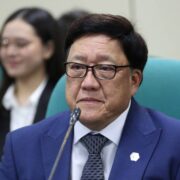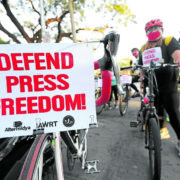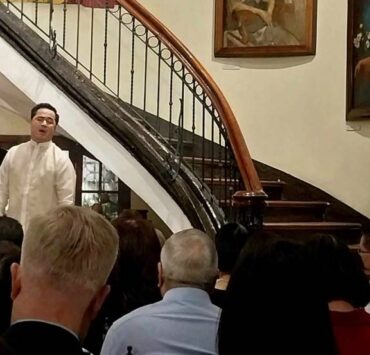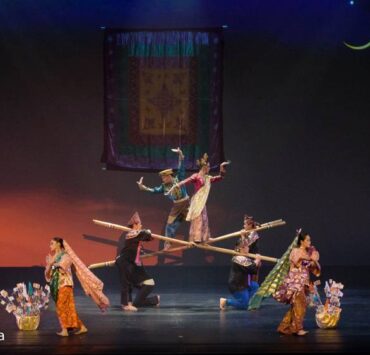Book presents PH as center of ‘City Beautiful’ movement
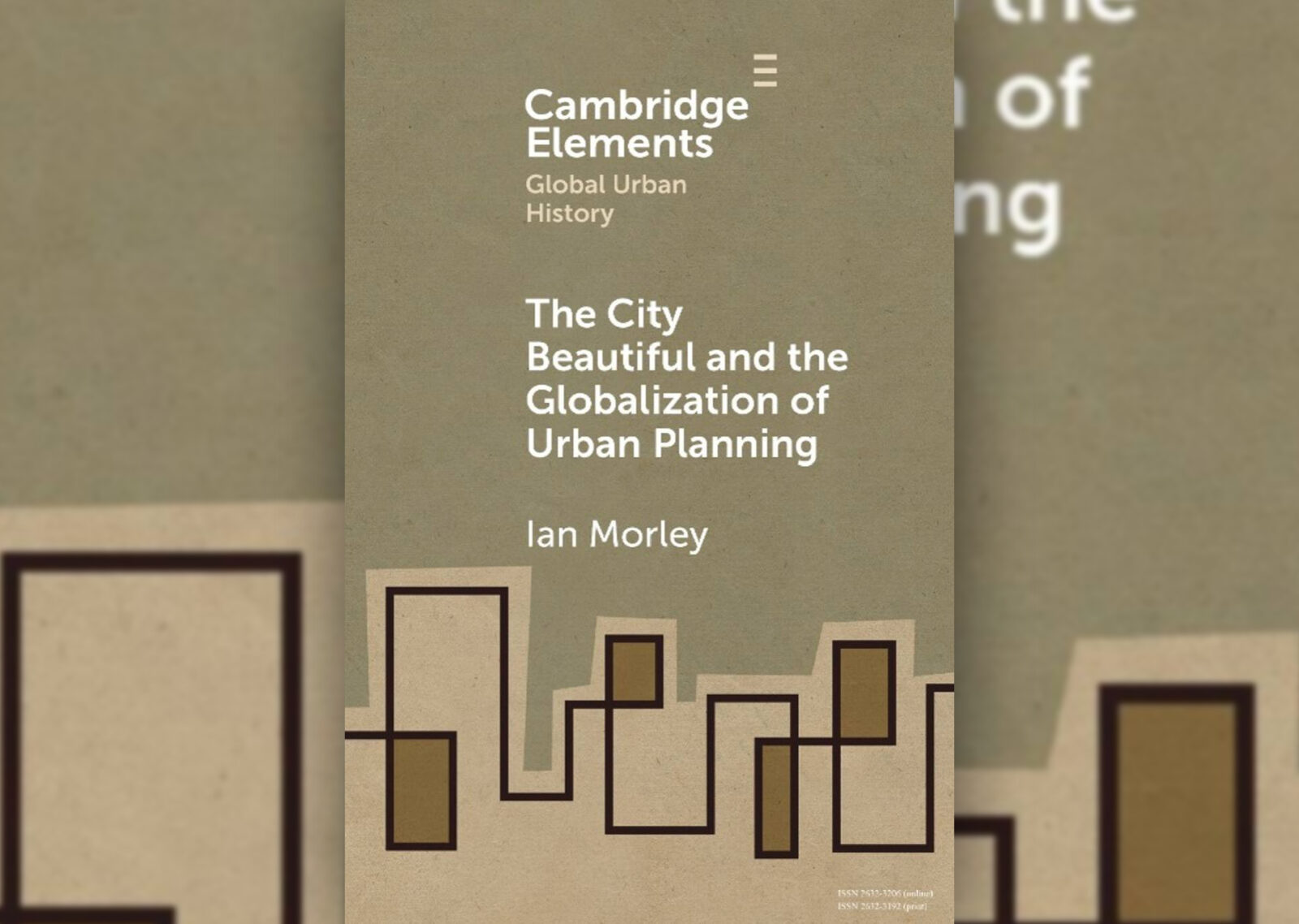
In American-colonial Philippines, Daniel Burnham is largely credited with transforming the urban layout of the cities of Manila and Baguio using the “City Beautiful” paradigm, an urban design movement in the late 19th to early 20th centuries with Burnham as one of its progenitors.
Originating in the United States, the movement batted for the improvement of housing, health facilities, transportation, and the beautification of city centers, effectively addressing societal problems such as poor governance, poverty, crime, and sanitation.
Apart from the United States, this idea was adopted by a number of countries such as the United Kingdom (particularly in Scotland, England, and Wales), Canada, and Australia.
In the Philippines, aside from Burnham, other planners of that era who embraced and practiced the “City Beautiful” movement were Americans Ralph Doane, George Fenhagen and William Parsons, and Filipinos Juan Arellano and Antonio Toledo.
These details are documented in books, including the latest, authored by Chinese University of Hong Kong professor Ian Morley, who delves into the urban planning, design, and cultural aspects of the Philippines and Southeast Asia.
Published by the Cambridge University Press as part of the Cambridge Elements in Global History series, “The City Beautiful and The Globalization of Urban Planning” presents the “City Beautiful” movement in a global perspective, done in “a variety of cultural and political conditions.”
Easy movement
In Manila, the book notes that the “City Beautiful” was applied for the easy movement of people and trade, and interpreted in cityscapes with many open spaces for people to enjoy.
Among the improvements are the “Sea Boulevard” from Manila to Cavite (now Roxas Boulevard), diagonal roads linking various districts, and close to a thousand “symmetrically formed blocks of land” to host buildings facing direct sunlight at various times of the day.
For Baguio, Burnham, also with Pierce Anderson and later, Parsons, planned a city that radiated from a central civic area, now known as Burnham Park with Baguio City Hall, and used local topography in the construction of roads.
Aside from these two cities, “City Beautiful” was also applied later in Lingayen, Pangasinan; Cebu City, Cebu; and Zamboanga City through designs by Parsons.
Later, urban plans were drafted for various towns in the country by Filipino architects—urban planners primarily working for the then Bureau of Public Works.
Some of these are plans for Tayabas (now a city) by Arcadio Arellano; San Jose in Antique, Iloilo City, and Tagaytay City by Juan Arellano; Malate in Manila through the layout of parks by Antonio Toledo; and Quezon City by Juan Arellano, Harry Frost, and Alpheus Williams.
This means that the “City Beautiful” movement was applied by the Americans all over the country, with Morley describing the Philippines as an important testing ground.
He notes that “the sheer volume of planning schemes meant in real terms that while the US was ground zero for the inception of the ‘City Beautiful’ planning type, the Philippines was the core practice point.”
As attractive and relatively brief the “City Beautiful” movement was, the book is as highly educational and compelling—an essential read.
Copies of the book are available for purchase at cambridge.org/core/publications.





